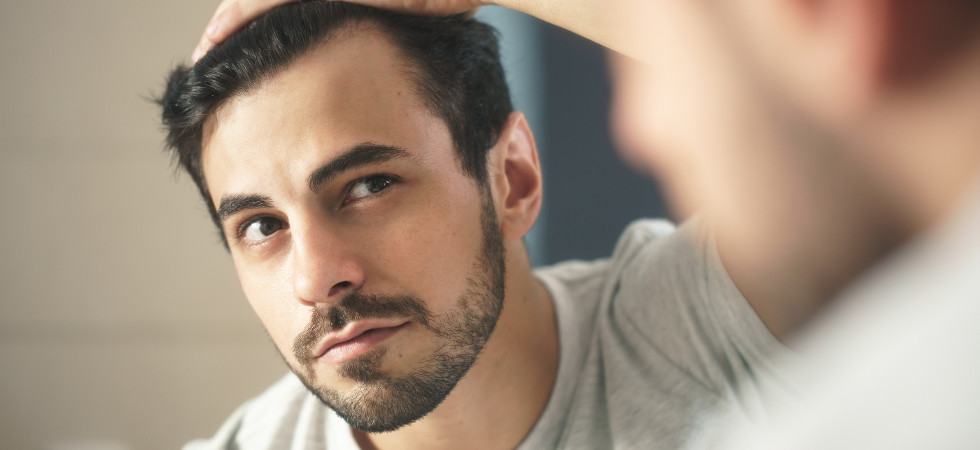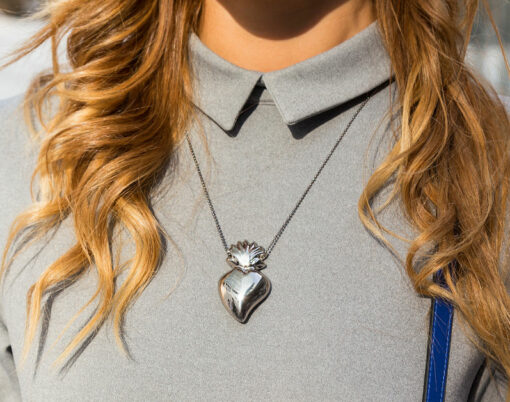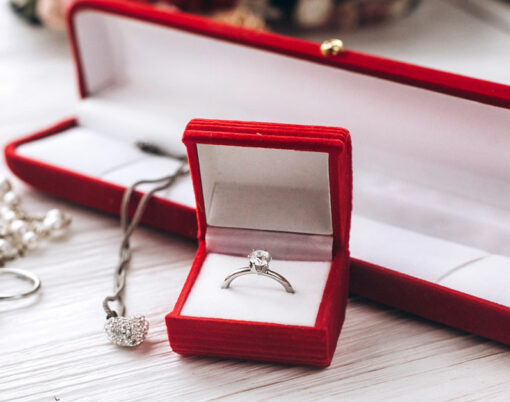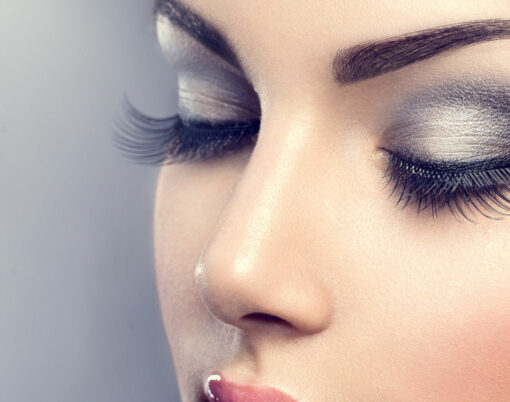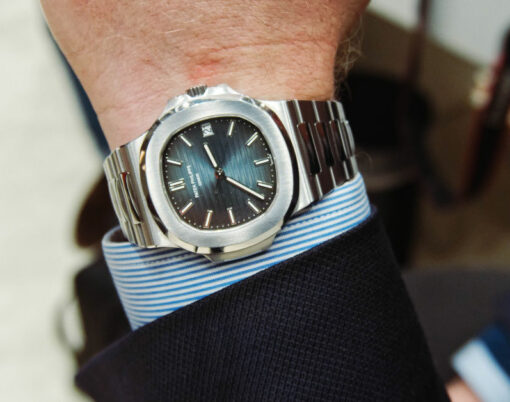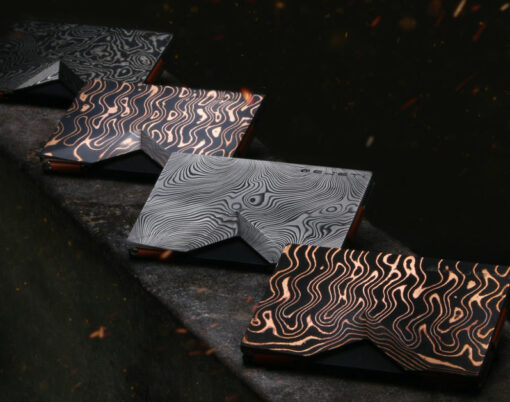Here are seven myths about hair loss that you can scratch off your list.
If we’re being honest, there are very few who look forward to the prospect of losing their hair – some have all the confidence to rock the bald look, while others might seek comfort in finding ways to keep the look of a full head of hair. And it doesn’t help with all of the information flying around – a lot of which isn’t true – about why we suffer from hair loss.
You may be looking for reasons to reassure yourself or ways to halt it happening, either way we’re on a myth-busting mission to uncover the truths behind these statements and to let you know how you can take good care of your hair.
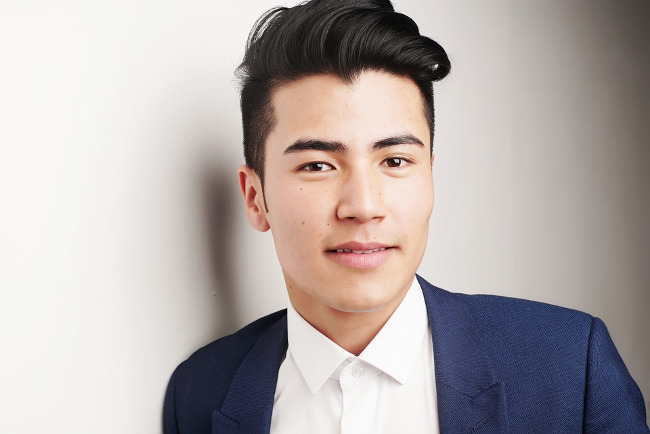
Myth 1: Wearing hats will make you go bald
For all of you hat enthusiasts out there , you have nothing to fear. The belief that wearing hats can cause premature alopecia is not true, and there is no scientific evidence to suggest this. In fact, the most common cause of hair loss is through stress, age and changes in hormones, so if you feel the need to cover up, then go for it, just make sure it’s a stylish hat!
Myth 2: Hair loss only happens when you’re old
Hair loss can affect men at different ages and, although half experience male pattern baldness by the time they are 50, it can also start as young as 20. however, most commonly, it occurs in your mid-twenties so the sooner you start to notice your hair thinning, the sooner you should treat it.
For women, the majority experience some hair loss after menopause due to hormonal changes. However, around 13 in 100 women start to lose hair before they hit this point and, similarly to men, it can start as early as puberty, but it is far less common.

Myth 3: Hair loss treatments don’t work
We need to have a little hope! And thankfully this isn’t true. Hair transplants as well as medications that are available at pharmacies have undergone extensive clinical studies and are effective at treating hair loss. Topical treatments such as Regaine and prescription pills such as Finasteride can help to slow hair loss and, in some cases, stimulate regrowth of hairs.
There are also a growing number of new and emerging treatments such as platelet rich proteins (PRP) injections. These use PRPs from your blood and inject them into your scalp in an effort to reduce hair loss and promote growth. Even though this is a relatively new treatment and more clinical trials are needed, companies like Hair and Skin Science (who offer PRP injections in Melbourne) are investing millions of dollars into the technology in an attempt to put hair back on the heads of men all over the globe.
Myth 4: Blow-drying hair causes hair loss
Blow-drying your hair doesn’t necessarily cause hair loss, but too much heat will damage it, making your hairs more brittle and breakable. To lessen the damage blow-drying does for your hair, use a cooler setting, don’t dry your hair in one spot for too long and take note of what your hairdresser is doing – those heat protection serums and sprays are not just a treat – use them every time you dry your hair!
Myth 5: Colouring your hair will make it fall out quicker
The ammonia in the hair dye causes the hair cuticles to open and swell so the dye is able to penetrate and change the colour of the hair. It will weaken the hair shafts and can cause the hairs to break a lot easier but colouring your hair will not cause hair loss so at least you can cover those greys without fear!
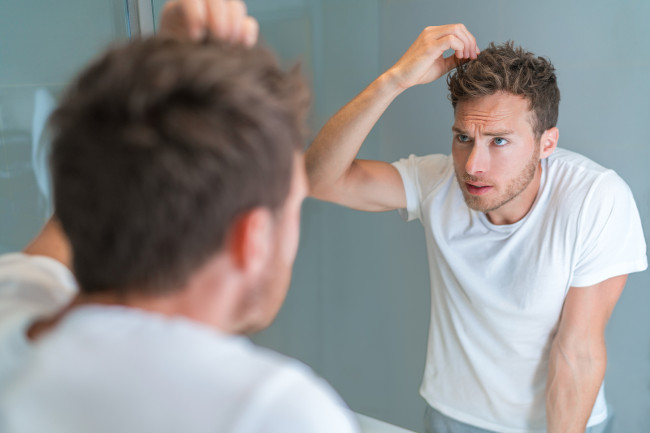
Myth 6: Hair loss is passed down from your mother’s side
Sorry, but you can’t just blame your mother’s genes for this one. Although the primary baldness gene is inherited from your mother found on the X chromosome, studies have suggested that male pattern baldness is passed down from both sides of your family. So if your father suffers from male pattern baldness, you are more likely to develop it as well.
Myth 7: Shaving or cutting your hair will make it grow back quicker and thicker
Despite popular belief, cutting your hair does not have any effect on the thickness or the number of hairs that develop from the follicles. Shaving or cutting hair will just slice the tip so when the short hairs start to grow back past the surface of the skin, the hairs aren’t tapered any more, making us believe that its thicker.












